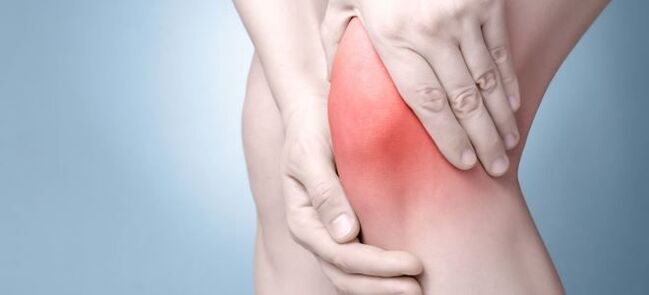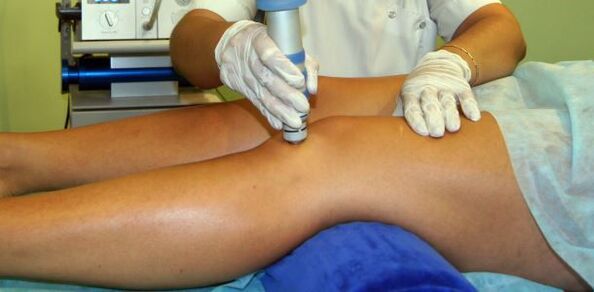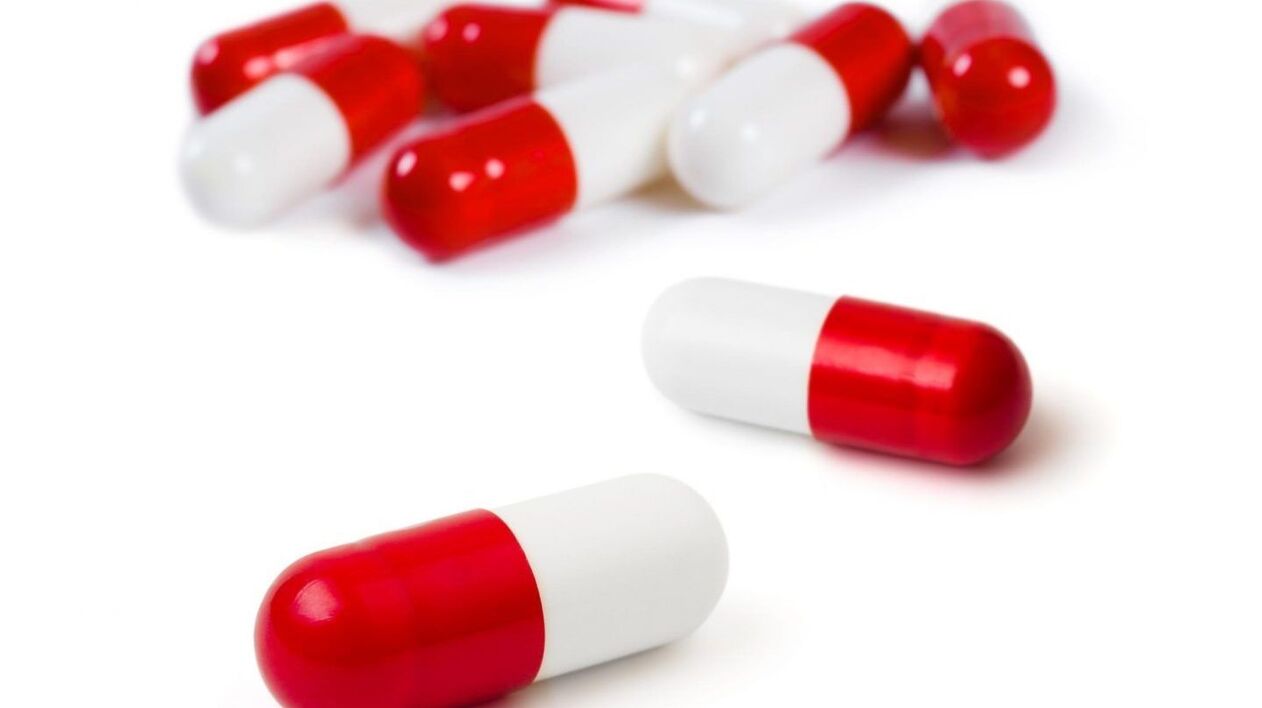
Those who deal with joint diseases are often interested in: arthritis and arthrosis - what is the difference between them. These diseases affect one third of the population aged 36-49 years, as well as every second 50-70 year old. In older people, pathology occurs in 90% of people. This disease has similarities and differences.
How does arthritis differ from arthrosis?
In general, the difference between these diseases is reflected in their names. From Latin, disease, in terminology with the suffix "-it", indicates an inflammatory process occurring in the body. If the name contains the combination "-oz", this indicates tissue destruction. Arthritis and arthrosis are no exception. The first disease is manifested by swelling and inflammation of the synovial membrane. The second disease is the destruction of cartilage and adjacent bone areas.
Causes of arthritis and arthrosis
There are several factors that can contribute to the development of both the first and second disease. There are five such "provocateurs":
- Prolonged intense pressure on the joints. Often this reason is observed in athletes.
- Hypothermia - normal contact with cold water, snow and so on.
- Joint injuries.
- Genetic predisposition - inherited diseases.
- Congenital diseases of bones and connective tissue.
Specific "provocatives" of arthritis include:
- an infection that has entered the body, causing inflammation;
- overweight;
- poor nutrition (due to the lack of valuable substances, the body's defense system suffers).
Arthrosis is a disease that develops, regardless of the disease of other organs and systems. That is, the disease is not associated with the general condition of the body. It is called by such "provocateurs":
- hormonal disorders in the body;
- Perthes disease;
- hemophilia;
- severe hangover;
- age-related cartilage degeneration.
Rheumatoid arthritis can trigger arthrosis if the disease is not treated properly. This situation is quite natural, because due to the degeneration of the synovial fluid, the nutrition of the cartilage tissue is disturbed. As a result, this leads to its destruction. For this reason, it is very important to immediately contact a doctor when detecting the alarm signals given by the body.
Symptoms of arthritis and arthrosis

These diseases differ from each other in clinical presentation. In addition, arthritis and arthrosis - what is the difference between them, you can see by the localization zone of the disease. The inflammatory process attacks parts of the body such as:
- joints;
- heart;
- heart and blood vessels;
- lungs;
- kidney.
Arthrosis only affects the joints:
- hips;
- metatarsophalangeal on foot;
- knee;
- interphalangeal on the hand.
There are common signs of arthritis and arthrosis. These include the following symptoms:
- stiffness of movement;
- pain;
- loss of motor ability.
Arthritis - signs
The following factors indicate the development of this disease:
- stiffness in the morning;
- an increase in body temperature in the area where the inflammatory process occurs (this area becomes hot to the touch);
- swelling of the soft tissue near the affected joint;
- pain (at rest and during exercise);
- redness of the skin.
Symptoms of arthritis when the disease affects other organs and systems:
- prostrating;
- violation of heart rhythm;
- shivering;
- conjunctivitis;
- increase in body temperature up to 39 ° C;
- pain when urinating.
Arthrosis - signs
One of the main symptoms of this disease is pain. They are visible at rest and when the joint is loaded. In addition, symptoms of osteoarthritis can:
- decrease in the amplitude of movement;
- crunch (caused by the destruction of the cartilaginous membrane);
- limb disability.
Treatment of arthritis and arthrosis

Before starting therapy, a diagnosis is made. It includes such activities as:
- radiography;
- delivery of general blood tests;
- arthroscopy;
- Connective tissue ultrasound.
The difference between arthritis and arthrosis in the treatment of this disease is almost non-existent. Therapy consists of the following steps:
- elimination of pain;
- maintenance of connective tissue;
- elimination of stiffness;
- reduce the risk of recurrence.
Treatment of this disease involves an integrated approach. In arthritis, it aims to reduce the inflammatory process, and in arthrosis, it aims to restore cartilage tissue. Treatment involves the use of such methods:
- physiotherapy;
- physiotherapy exercises;
- drug therapy;
- diet food.
The difference in how to treat arthritis and arthrosis can be seen in the doctor's prescription. So, if the inflammatory process is infectious, antibiotics are prescribed during therapy. When autoimmune arthritis is diagnosed, steroid hormones are prescribed. However, you cannot choose the medicine yourself. This treatment is not safe. At first, you may get the feeling that the disease has receded: the pain decreases, the stiffness disappears. However, in reality the situation is not as expected. Although the obvious signs disappear, the disease continues to develop.
Arthritis and arthrosis are treated with injections, tablets and ointments - what is the difference between such treatments, the doctor will tell in detail. He will prescribe the optimal drug therapy scheme. To improve the effect, orthopedic correction of the violation is performed. If drug therapy fails to overcome the disease, and they develop into a severe form, surgical intervention is performed.
Which doctor treats arthritis and arthrosis of the joints?
So that the disease does not go into a neglected form, you need to seek medical help in time. To do this, you need to know which doctor treats arthritis and arthrosis. In domestic clinics, the following specialists are involved in the treatment of this disease:
- Rheumatology - they turn to him with mild symptoms of the disease. The doctor will conduct an examination, refer the patient for an X-ray examination, and then prescribe the optimal treatment.
- Surgeon - helps overcome unbearable discomfort.
- Orthopedic specialist - specialist in chronic pain.
Ointment for arthritis and arthrosis
External agents have the following effects:
- blood circulation improves;
- antimicrobial effect achieved;
- cartilage nutrition is normalized;
- pain sensation decreases;
- gives a warming effect.
In how to treat arthritis, arthrosis at home, the following groups of ointments have proven themselves well:
- vasodilators;
- heating;
- painkillers;
- anti-inflammatory.
The effectiveness of the use of external agents is low. About 7% of the active ingredient is delivered through the skin to the affected joint. For this reason, doctors recommend ointment only in the early stages of the disease. In addition, these drugs can be used as an additional tool in complex therapy. The duration of use of such ointment is determined by the doctor individually in each case.
More often, anti-inflammatory and analgesic drugs, warming and vasodilating ointments are prescribed.
Pills for arthrosis and arthritis

The following antibiotics may be prescribed:
- macrolides;
- tetracycline;
- fluoroquinolones.
In addition, non-steroidal anti-inflammatory drugs for arthritis and arthrosis and chondroprotectors can be prescribed.
Arthritis, arthritis - treatment with folk remedies
In the fight against this disease, various healing methods can be used. Folk remedies are very popular. They have undeniable advantages: availability, ease of manufacture and originality. However, they should be used only after consulting a doctor. He knows what is arthritis, arthrosis, what is the difference between them, so he will help you choose the best medicine. Uncontrolled consumption of homemade "medicine" is unsafe.
Arthrosis, arthritis - alternative treatment with blackcurrant
- black currant leaves - 4-5 g;
- water - 250 ml.
- Raw materials must be poured with boiling water and hardened in a water bath for 20 minutes.
- The drug should be filtered and drunk 1 tablespoon. spoon three times a day.
- The rest of the product is stored in a closed container in the refrigerator.
Diet for arthritis and arthrosis of the joints

A properly selected nutritional scheme will help alleviate the patient's condition. The diet for arthritis and arthrosis does not include the use of the following foods:
- strong tea and coffee;
- salinity;
- chocolate
- alcoholic beverages;
- margarine and butter;
- chips and fries;
- yolk;
- cod liver.
After the doctor diagnoses arthritis and arthrosis and explains to the patient what is the difference between them, he can recommend a diet that includes the following foods:
- ginger;
- almonds;
- Apple
- black bean;
- salmon fish
- fresh fruits and vegetables;
- beef;
- chicken and so on.
Prevention of arthritis and arthrosis
It is easier to prevent disease than to fight it later. Diseases of arthrosis, arthritis include preventive measures such as:
- A proper balanced diet.
- Do not overload the joints - alternate mental and physical work.
- To reject bad habits.
- Maintain your weight.
- Wear orthopedic shoes.
- Protect joints from hypothermia and injury.
- Do gymnastics, swimming and other sports that do not burden the joints.














































